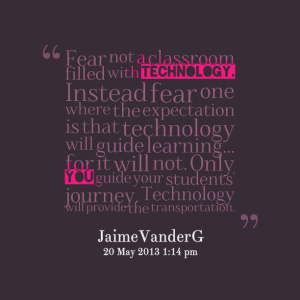Top Teaching

I recently read a post on the blog: Top Teaching. The post was called 3 classroom management tips that changed my life. The post talked about different ways to prevent uncontrolled chaos in the classroom. It listed out things like; numbing the students, have a classroom set of rules, and music time. I feel like these three tips would be extremely useful in a younger classroom setting, which is what they are geared towards. But for those of us that are in a secondary setting with older kids, it would be nice to have resources such as these available for us to look over.
What I really enjoy about this particular blog was that there were ten different teachers that contributed to this blog and all gave their own opinions and advice. They all posted their own blog in the classroom management portion. As I went through and skimmed these blogs I realized that only one of these blogs specifically wrote that these rules could applied through grade 12. Which against makes me stress the need that secondary teachers should have a voice too. They (we) should share our insight and tell people our experiences in the classroom.

Besides this blog on having enough secondary advice, I would say it is extremely organized, and I do like the fact that we hear many voices and many backgrounds through this site. It is actually part of the scholastic site, which has even more resources for people to check out.









